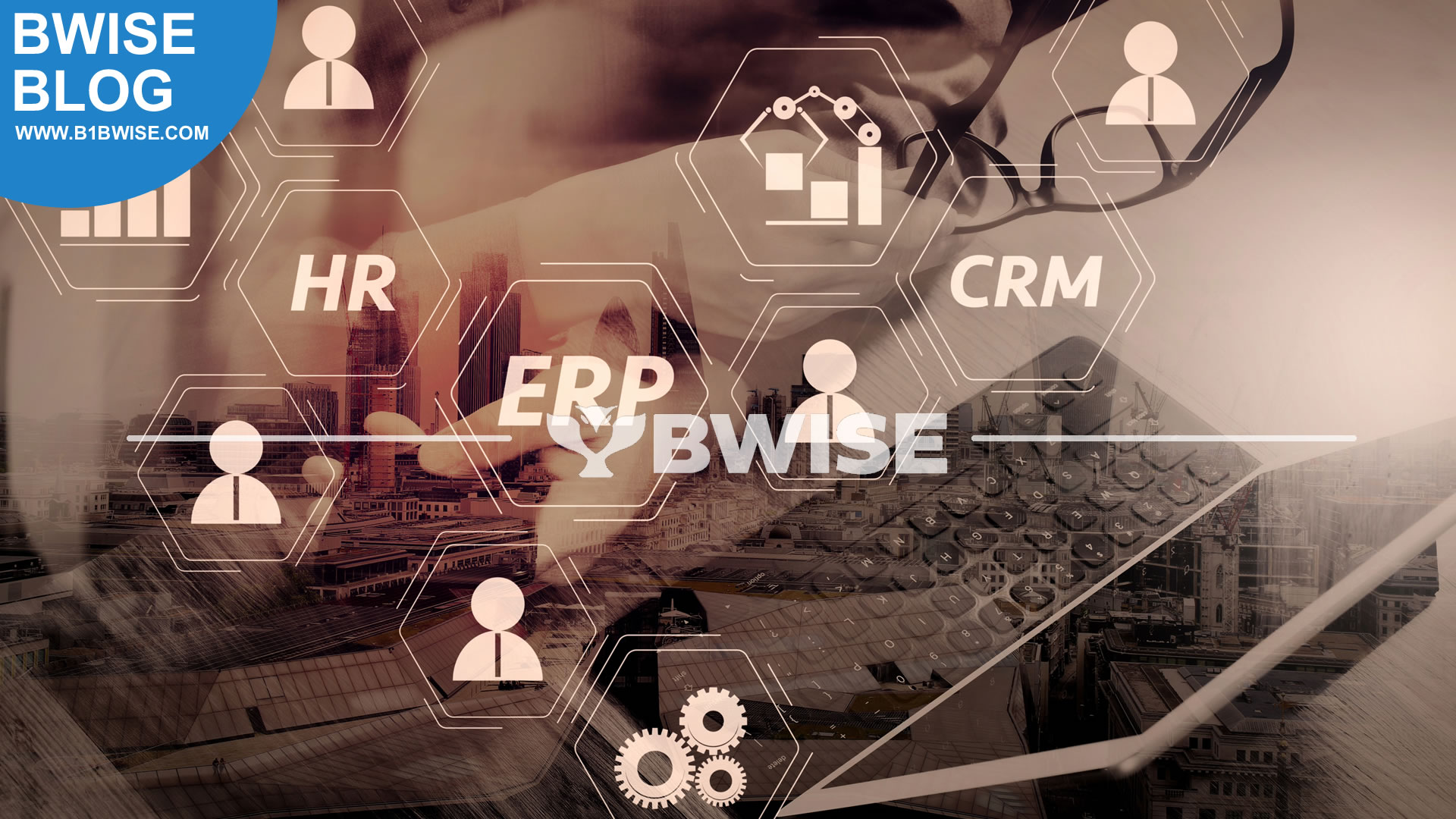
Enterprise Resource Planning (ERP) systems are powerful tools that integrate core business processes. However, their implementation can be complex.
Laying the Foundation: Planning and Preparation Techniques
A successful ERP implementation hinges on meticulous planning and preparation. Rushing this phase can lead to costly mistakes and project failure. Here are some critical techniques:
Business Process Mapping and Analysis
Before selecting an ERP system, thoroughly document your current “as-is” business processes. Identify bottlenecks, inefficiencies, and areas for improvement. This analysis will inform you of your requirements for the new system and guide you in its configuration. Techniques like process flowcharts and value stream mapping can be invaluable here.
Requirements Gathering and Definition
Clearly define your business requirements. What functionalities are essential? What are your “must-haves” versus “nice-to-haves”? Involve stakeholders from all departments to ensure comprehensive coverage. Use techniques like workshops, surveys, and interviews to gather diverse perspectives. A well-defined requirements document will be your guiding star throughout the project.
ERP System Selection
Don’t jump at the first flashy demo you see. Evaluate different ERP vendors based on your requirements, industry best practices, scalability, vendor reputation, and total cost of ownership (TCO). Techniques like weighted scoring and request for proposal (RFP) processes can help you make an objective decision.
Project Team Formation and Governance
Assemble a dedicated project team with representatives from key departments. Establish clear roles, responsibilities, and communication channels. Implement a robust governance structure to oversee the project, manage risks, and ensure accountability—a RACI matrix (Responsible, Accountable, Consulted, Informed) can help define roles.
Change Management Strategy
ERP implementations are disruptive. Develop a comprehensive change management strategy to address employee concerns, communicate the new system’s benefits, and provide adequate training. Techniques like stakeholder analysis, communication plans, and training programs are essential for user adoption.
Execution Excellence: Implementation and Configuration Techniques
With a solid plan in place, the focus shifts to execution. This phase requires careful attention to detail and adherence to best practices.
Agile Implementation Methodology
Consider adopting an agile implementation approach. This iterative approach allows for flexibility and adjustments throughout the project. Sprints, daily stand-ups, and regular reviews can help keep the project on track and ensure it meets evolving needs.
Data Migration Strategy and Execution
Data is your business’s lifeblood. Develop a robust data migration strategy to cleanse, validate, and transfer data from your legacy systems to the new ERP. Techniques like data profiling, ETL (Extract, Transform, Load) processes, and data quality checks are crucial for ensuring data integrity.
Customization vs. Configuration
Strive for configuration over customization whenever possible. Customizations can add complexity, increase costs, and make future upgrades more challenging. Leverage the ERP system’s standard functionalities as much as possible.
Testing and Quality Assurance
Thorough testing is paramount. Conduct various types of testing, including unit testing, integration testing, user acceptance testing (UAT), and performance testing. Develop test scripts and scenarios to ensure the system meets your requirements and performs as expected.
Training and User Enablement
Provide comprehensive training to all users. Tailor training programs to specific roles and responsibilities. Utilize various training methods, such as online tutorials, hands-on workshops, and on-the-job coaching. Empowered users are key to maximizing the ERP system’s benefits.
Beyond Go-Live: Optimization and Support Techniques
The journey doesn’t end at go-live. Ongoing optimization and support are essential for realizing your ERP system’s full potential.
Post-Implementation Review and Optimization
Conduct a post-implementation review to assess the project’s success and identify areas for improvement. Gather feedback from users and analyze system performance. Use this information to optimize system configurations and processes.
Continuous Improvement and Innovation
ERP systems are constantly evolving. Stay up-to-date with the latest features, updates, and best practices. Embrace a culture of continuous improvement to ensure your ERP system continues to support your business needs.
Ongoing Support and Maintenance
Establish a plan for ongoing support and maintenance. This may involve internal IT staff, a third-party vendor, or a combination. Ensure timely issue resolution and regular system updates.
Performance Monitoring and Analytics
Monitor system performance and identify any bottlenecks or areas for optimization. Utilize reporting and analytics tools to gain insights into business performance and make data-driven decisions.
User Feedback and Engagement
Regularly solicit feedback from users. Address their concerns and incorporate their suggestions for improvement. Engaged users are more likely to embrace the system and contribute to its success.
By mastering these ERP techniques, organizations can significantly increase their chances of a successful implementation and maximize the return on their investment. A well-planned and executed ERP strategy can transform your business, improving efficiency, streamlining operations, and enabling data-driven decision-making.
